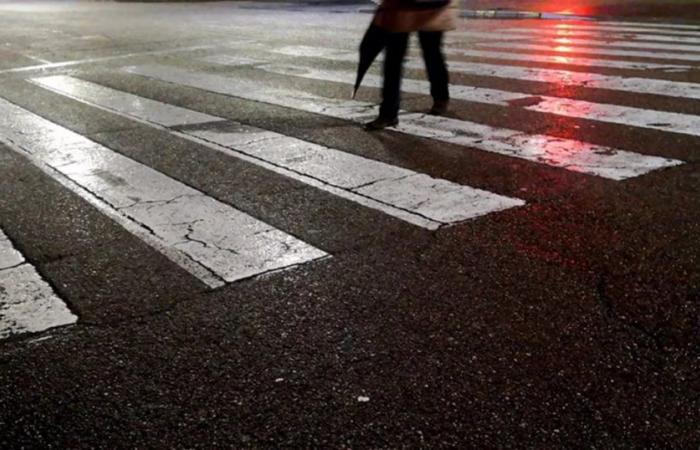The General direction of traffic (DGT) has introduced a series of signs to improve safety and efficiency on the roads. One of them is the S-14, which is aimed at improving pedestrian safety. This signal, which indicates the presence of a pedestrian underpass or overpasshas important implications for urban mobility and the protection of pedestrians.
And what does the S-14 signal mean? It is an indication sign that informs drivers and pedestrians about the existence of underpasses or overpasses intended for pedestrians. These infrastructures allow pedestrians to cross roads safely without interfering with the Vehicular traffic. The sign may have variations to indicate whether the crossing is equipped with ramps, which also facilitates access for people with reduced mobility and cyclists who need to use the step.
Implementing the S-14 signal has several key advantages. One of them is pedestrian safety, since facilitates safe crossing of pedestrians, significantly reducing the risk of accidents in areas of high vehicular traffic. By diverting the pedestrian crossing to overpasses or underpasses, dangerous interactions between pedestrians and vehicles are minimized. Thanks to this, we contribute to the traffic flow: by preventing pedestrians from crossing directly on the road, the S-14 signal contributes to maintaining circulation. This is particularly beneficial in densely populated urban areas where the constant flow of pedestrians can cause congestion.
Finally, the signal stands out for its search for accessibility: Sign variations indicating the presence of ramps ensure that infrastructure is accessible to everyone, including People with disabilities and cyclists, promoting more inclusive mobility.
The road signage update, including the implementation of the S-14 signal, is part of a broader effort by the DGT to modernize and improve road infrastructure in Spain. According to the DGT, “the renewal and maintenance of existing road signs, as well as the installation of new signs, is a significant but necessary investment to guarantee the security road.”
In addition to signal S-14, the DGT has introduced other signals to adapt to current traffic and mobility needs. These include signs that warn of the presence of personal mobility vehicles (VMP), low emission zones and crossings for cyclists and pedestrians. This update to the signage, as Ana Blanco, deputy deputy director of Circulation at the General Directorate of Traffic, explained in her presentation, “reflects the change in today’s mobility.” In fact, it tries to “adapt aspects of signage, especially some older ones, to changes in the field of mobility, especially in relation to modifications in terms of vehicle technology and other aspects, so that it continues to maintain the highest level as a semiotic system, guaranteeing adequate understanding by all users to guarantee Road Safety and efficient travel.






